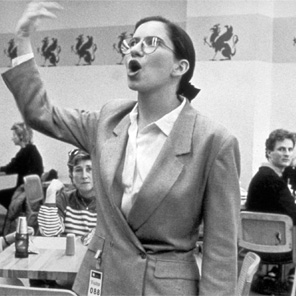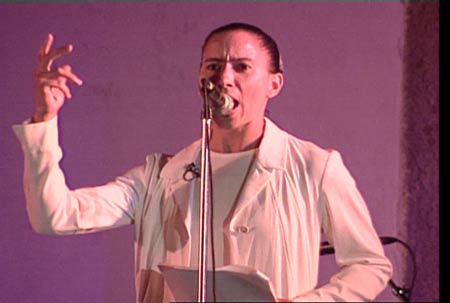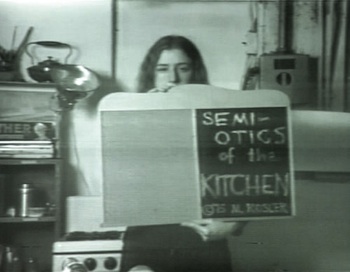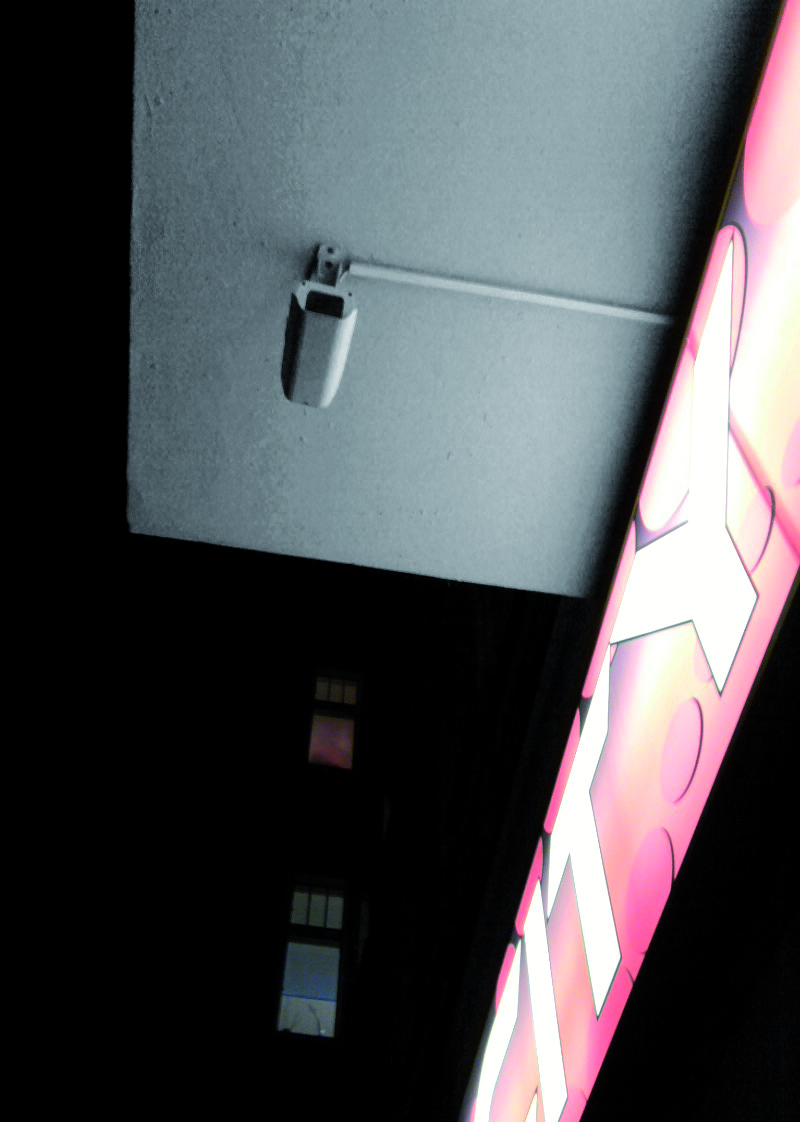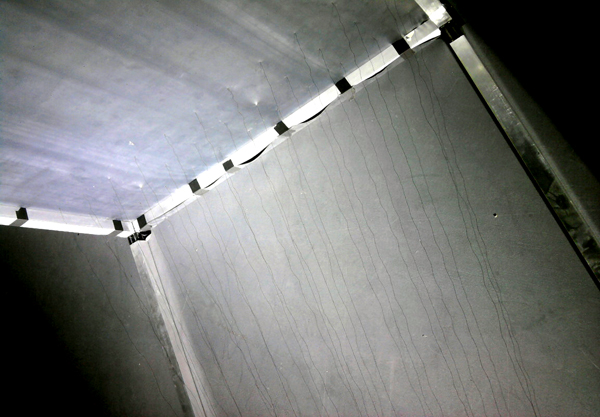KW Berlin
KUNST-WERKE BERLIN e.V. – INSTITUTE FOR CONTEMPORARY ART
Auguststraße 69
10117 Berlin
Deutschland
fon 0049 (0)30.24 34 59-0
info [at] kw-berlin [dot] de
 homepage
homepage
L´école de Stéphanie
Künstler, Philosophen, Theoretiker, Autoren, Kuratoren:
Stephanie Moisdon, Dorothea von Hantelmann, Clemens von Wedemeyer, Aurelien Froment, Nathaniel Mellors, Andrea Viliani, Julia Scher, Elaine Sturtevant, Hans Ulrich Obrist, Anri Sala, Thomas Zipp, Jean-Charles Massera, Sylvere Lotringer, Ruwen Ogien, Hans-Peter Feldmann, Trisha Donnelly …
Pressetext:
Unter der strengen Leitung der Direktorin Stéphanie Moisdon werden in der Dreitagesschule Fragen und Gedanken zu Bild, Abbild und künstlerischen Formen frei im Klassenraum zirkulieren. L’école de Stéphanie ist ein Ort der Projektion, der Kreation und der Sprache, mit dem Vorhaben, Wissen, Erkenntnisse und Dinge zu vermitteln und auszutauschen. 15 Künstler, Philosophen, Theoretiker, Autoren und Kuratoren bilden das Lehrpersonal. Hans-Peter Feldmann schafft ein zügelloses Klassenzimmer und lädt Sie ein, noch einmal Schüler zu werden.
Freitag, 30. April 2010
14 Uhr Dorothea von Hantelmann: Why is the Exhibition the Central Ritual of Western Democratic Market Societies?
15 Uhr Clemens von Wedemeyer: How to Make a First Person Camera?
16 Uhr Aurélien Froment: Forms of Nature, Forms of Knowledge, Forms of Beauty
Samstag, 1. Mai 2010
14 Uhr Nathaniel Mellors: MEGACOLON – For & Against Language
15 Uhr Andrea Viliani: From Institutional Critique to Institutional Narrative
16 Uhr Julia Scher: Surveillant Architectures
17 Uhr Elaine Sturtevant: The Razzle Dazzle of Thinking
18 Uhr Hans Ulrich Obrist und Anri Sala: Ever
Sonntag, 2. Mai 2010
14 Uhr Thomas Zipp: The Dissonance in Figures & Objects / A Practical Drawing Lecture
15 Uhr Jean-Charles Massera: Alles Klar 1 und 2 (Die Debatte)
16 Uhr Sylvère Lotringer: Theory in Art
17 Uhr Ruwen Ogien: What’s Wrong with “Dirty” Feelings? The Case for Pornography
18 Uhr Hans-Peter Feldmann und Hans Ulrich Obrist: Kein Interview
Klang: Trisha Donnelly
Mit freundlicher Unterstützung der Fundación Almine y Bernard Ruiz-Picasso para el Arte und des Institut français – Bureau de la création artistique – Arts plastiques und CULTURESFRANCE
